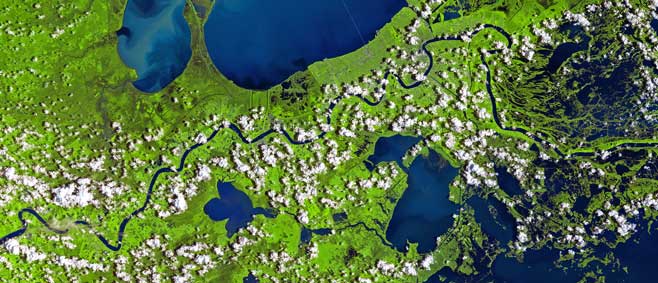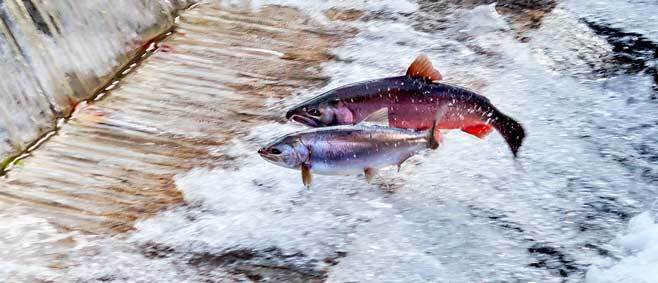Choosing an advisor
Your major advisor serves as an academic mentor and will help guide you to completion of your degree. Having a major advisor is a requirement of acceptance to the MNR program, whether you apply directly or are transferring from a certificate program. Here are our recommendations for choosing a major advisor:
Identify potential faculty advisors
We recommend that you identify two to three faculty members who could potentially serve as your advisor.
Review our list of graduate faculty by college to help you find faculty members whose area of research aligns with your academic interests.
Download the MNR handbook
Our Master of Natural Resources handbook has information on admissions, program requirements, academic policies and useful resources. It also contains suggested timelines, procedures and strategies to help you get the most out of your graduate experience.
View handbook
Depending on your career and academic goals, you may want to find a faculty member outside this list. The program welcomes additional Oregon State faculty to advise our students. You can find additional faculty through these OSU links:
- College of Forestry faculty directory
- Fisheries and wildlife faculty directory
- CEOAS faculty directory
- Water conflict management faculty directory
Request faculty members to serve as your advisor
Once you have compiled a list of potential faculty, contact each faculty member separately and ask them to serve as your MNR advisor. Faculty will want to know background information about your academic experience before they agree to be your advisor.
Use this email letter template to draft a message to each faculty member to introduce yourself and attach the following pertinent information:
- CV
- Transcripts
- Writing sample (term paper, short essay, research proposal)
- The MNR faculty advisor guide to ensure they understand the program's requirements, expectations and compensation for working with you.
This information will allow advisors to decide whether or not to serve as your advisor. The number of students each faculty is willing to take on at one time is dependent on their availability. Please don’t be discouraged if faculty members respond with “no” or “not at this time.”
Important dates
These are the start dates for OSU’s next two terms. However, this program only admits for fall, winter and spring terms.
See our academic calendar for our full quarter term schedule.
Degree quick facts
* Oregon State University is on a quarter-term system. There are four quarters each year and classes are 11 weeks long. This program's 45 quarter credits are equal to 30 semester credits.
† Based on current tuition rates. No additional charge for nonresident students. Does not include course materials and associated fees and expenses.
‡ You can complete all or nearly all requirements of this program online. View the curriculum.
Find application deadline
View required or recommended deadlines for your student type on our application deadlines page.
Ready to apply?
Once you've gathered the information you need to know before you apply to Oregon State University, take the next steps.





